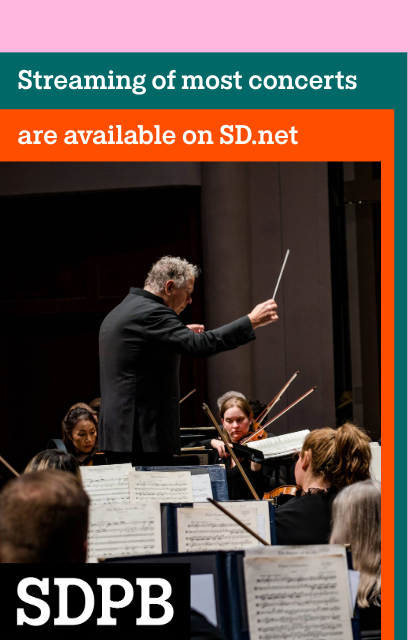Written by Anna Vorhes
Sergei Prokofiev: The Love for Three Oranges
A sour witch can use anything to send a prince on a quest! In this case, our prince must find three oranges in the world, each of which encloses a princess. The style of the opera evokes the sense of Commedia del'Arte. The prince does find the three princesses, two of whom die immediately on being released from their citrus prisons. The third is of course a proper princess and they live the expected happily ever after.
Reinhold Glière: Concerto for Horn and Orchestra
The Horn Concerto is perhaps the best known of Glière's acclaimed works. Glière composed the concerto for the Russian hornist Valery Polekh. Despite being composed in the 1950s, it's written in a neoclassical style with strong romantic influences.
Pyotr Ilyich Tchaikovsky: Fantasy Overture from Romeo and Juliet
William Shakespeare used words both old and new to tell the complex story of young love in the world of noble feuds. Tchaikovsky uses the main ideas of the story to offer us a strong picture of the events. From the opening meeting of young lovers to the counsel of the priest who marries them and through the bloody feud to the final demise of both young lovers Tchaikovsky paints with a clear brush. The melody he offers to depict their love is one of the most beautiful of all melodies of any century, and perhaps the most familiar love theme.
Camille Saint-Saëns: Bacchanale from Samson and Delilah
Not all love is innocent and pure, as those who know of Delilah's manipulation of the biblical strongman Samson knows. The story of Samson and Delilah involves a Bacchanale, a celebration of drinking wine in copious amounts. In this work you will hear the fun of a wild party and sections of Samson and Delilah getting romantically interested in each other.

